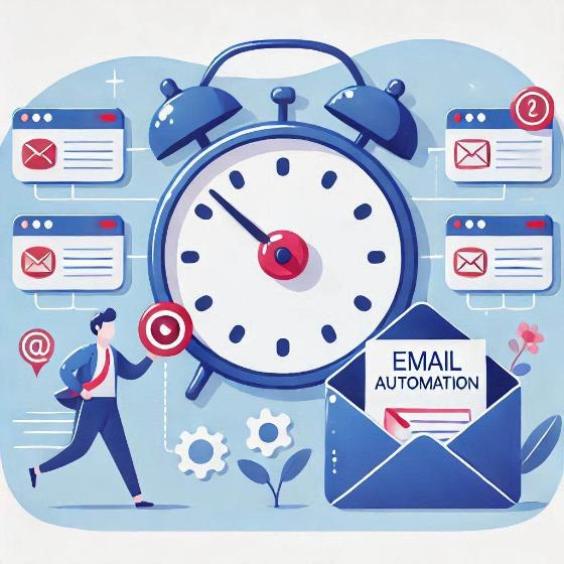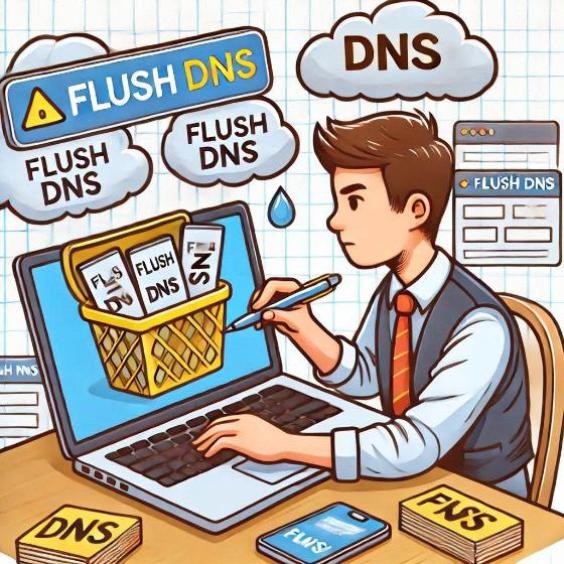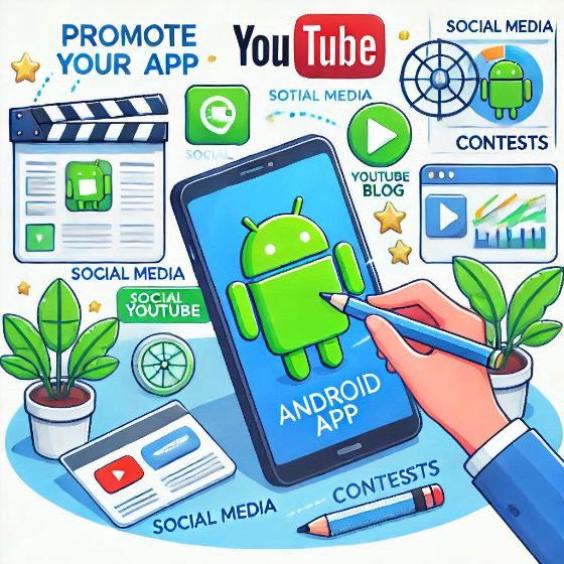Email Automation: A Guide to Sending the Right Message at the Right Time
Email automation is a powerful tool in the world of marketing and email marketing. It allows businesses to send personalized and relevant messages to their customers and prospects at the right time, which can increase conversion and customer loyalty. In this article, we will explore the benefits of email automation and provide a step-by-step guide to implementing it in your marketing strategy.

What is email automation?
Email automation is the process of automatically sending email messages based on certain events or actions taken by customers or prospects. This can include subscribing to a newsletter, purchasing a product, celebrating an anniversary, or interacting with specific content.
Benefits of email automation
- Increased efficiency: Email automation allows you to send messages to a large number of people without having to invest a lot of time and resources.
- Personalization: Automated emails can be personalized to fit the needs and preferences of each customer or prospect.
- Improved conversion: Automated emails can increase conversion by sending relevant and timely messages to customers and prospects.
- Cost reduction: Email automation can reduce the costs associated with creating and sending emails manually.
Types of email automation
There are several types of email automation that you can use in your marketing strategy. Some of the most common include:
- Welcome emails: Send a welcome message to new subscribers or customers.
- Abandoned cart emails: Send a reminder to customers who have abandoned a shopping cart without completing the purchase.
- Anniversary emails: Send a congratulatory message to customers on their anniversary of subscription or purchase.
- Reactivation emails: Send a message to inactive customers to try to reactivate their interest in the brand.
How to implement email automation in your marketing strategy
To implement email automation in your marketing strategy, follow these steps:
Step 1: Define your goals
Set clear goals for your email automation campaign. What do you want to achieve? Increase conversion? Improve customer loyalty?
Step 2: Select an email automation provider
Choose an email automation provider that fits your needs and budget. Some of the most popular providers include Mailchimp, Constant Contact, and Marketo.
Step 3: Create a workflow
Design a workflow that defines the events and actions that will trigger the sending of automated emails.
Step 4: Create relevant content
Create relevant and personalized content for each type of automated email.
Step 5: Configure and test
Configure and test your email automation campaign to ensure it works correctly.
Email automation is a powerful tool that can help you increase conversion and customer loyalty. By following the steps outlined in this article, you can implement an effective email automation campaign that fits your needs and goals.





